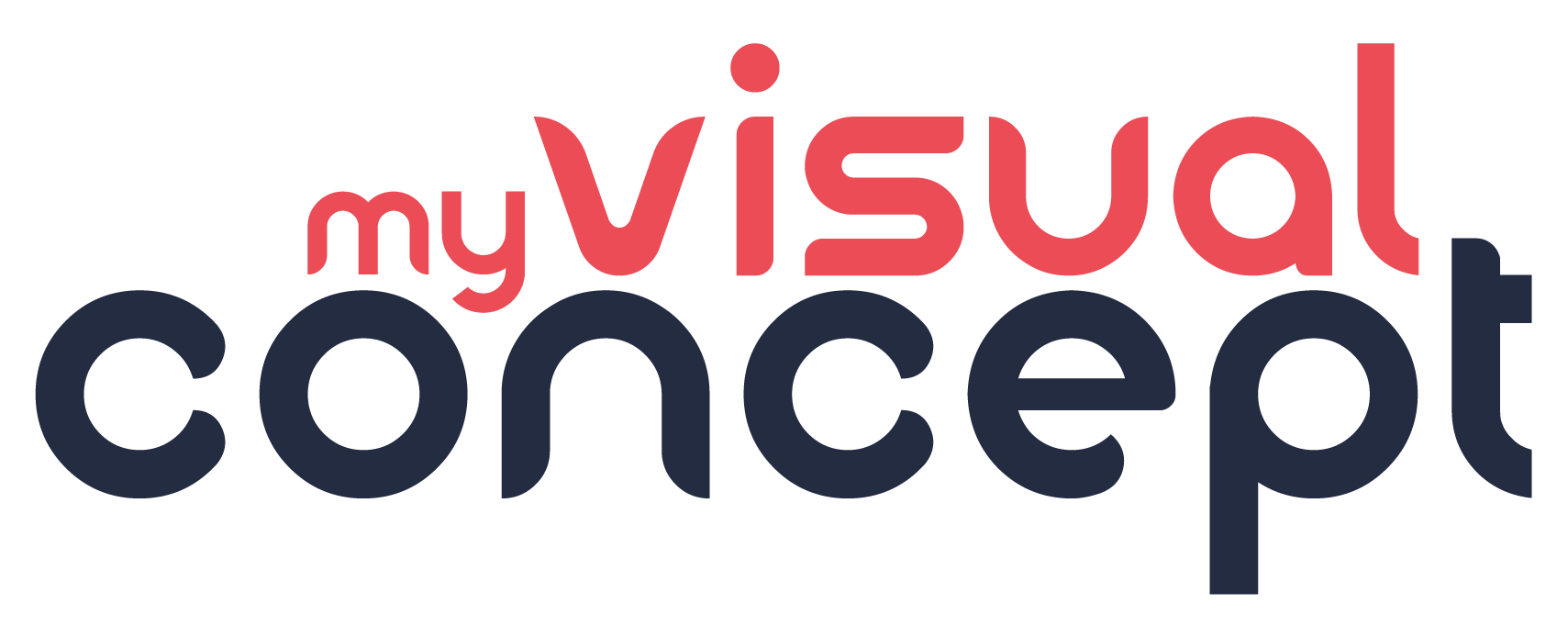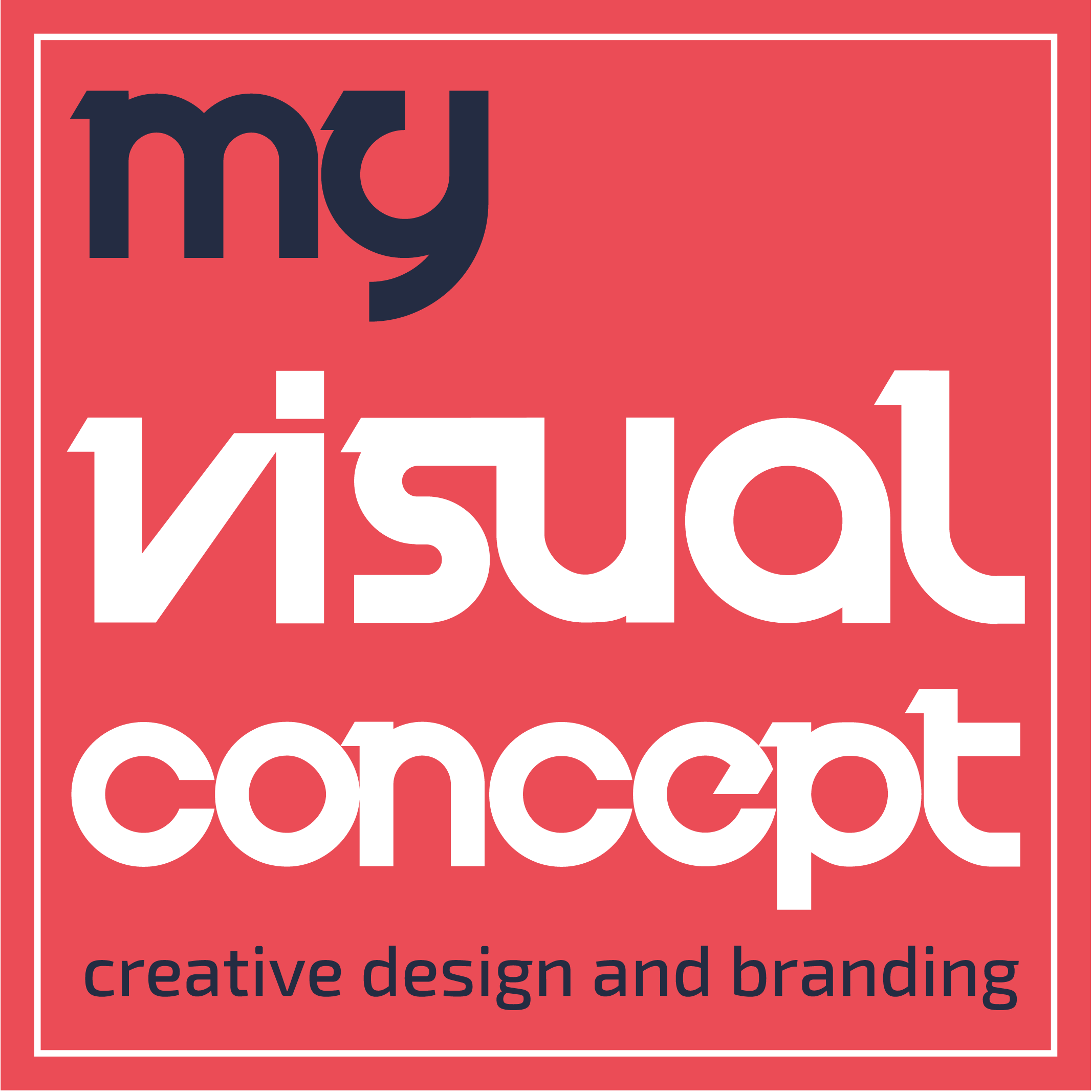In graphic design, the integration of Artificial Intelligence (AI) is not just a trend; it’s a revolution that’s reshaping the landscape of creativity and efficiency. As we delve into the intersection of AI and graphic design, we uncover a world where the boundaries of creativity are constantly being redefined. This blog post explores the multifaceted benefits and inherent challenges of leveraging AI in graphic design, alongside highlighting some groundbreaking AI tools that are transforming the industry.
The Benefits of Integrating AI into Graphic Design
Enhanced Efficiency and Productivity
AI-powered tools have the capability to automate repetitive and time-consuming tasks, such as resizing images for different platforms or generating color palettes, thereby significantly boosting efficiency and productivity. This automation frees up designers to focus on more creative and strategic aspects of their projects.
Unleashed Creativity
AI can analyze vast datasets of design elements and styles, providing designers with unique insights and inspiration. Tools like AI-based logo generators or layout assistants suggest innovative design concepts that might not have been considered otherwise, pushing the boundaries of human creativity.
Personalization at Scale
With AI, designing personalized content for specific audiences becomes manageable at scale. AI algorithms can tailor designs based on user behavior, preferences, and engagement metrics, making designs more relevant and engaging to the target audience.
The Challenges of AI in Graphic Design
The Creativity Debate
A core concern revolves around the notion that AI might stifle human creativity. Critics argue that over-reliance on AI tools could lead to homogenized designs lacking the personal touch and deep emotional resonance only a human designer can provide.
Ethical and Copyright Considerations
As AI systems generate designs based on existing artworks, questions regarding originality, copyright infringement, and the ethical use of design inspirations arise. Navigating these legal landscapes can be tricky, requiring clear guidelines and ethical AI training models.
Skill Shift and Adaptation
The integration of AI necessitates a shift in the skill set required for graphic designers. There is a growing need to understand and work alongside AI tools, which might pose a challenge for professionals accustomed to traditional design methods.
Transformative AI Tools in Graphic Design
Adobe Sensei
Adobe’s AI, Sensei, is integrated across its Creative Cloud suite, offering features like automatic tagging, image editing enhancements, and adaptive learning capabilities that streamline the design process.
Canva’s Magic Resize
Canva utilizes AI to allow designers to automatically resize their designs for various formats and platforms, a feature that significantly cuts down on manual adjustment time.
DeepArt
DeepArt uses an advanced AI algorithm to transform photos into artworks based on the styles of famous artists. This tool exemplifies how AI can merge the worlds of classic art and modern design.
Fontjoy
Fontjoy leverages AI to generate font pairings, solving one of the subtle yet crucial decisions in graphic design. It simplifies finding harmonious typography combinations, enhancing readability and aesthetic appeal.
The integration of AI into graphic design opens up a new era of innovation and efficiency, though not without its challenges. As we navigate this evolving landscape, the key lies in balancing the strengths of AI with the irreplaceable value of human creativity and intuition. By embracing AI as a tool for enhancement rather than a replacement, designers can unlock new potentials, pushing the limits of what’s possible in the realm of graphic design. The future of design lies in this synergy between human creativity and AI’s capabilities, promising an exciting journey ahead for the industry.





